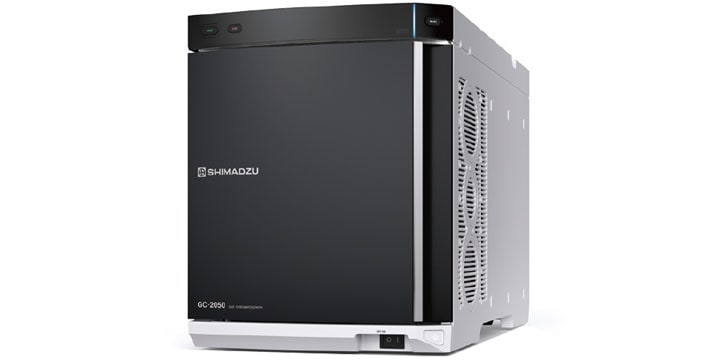
Brevis™ GC-2050
- Carbonic esters and additives in lithium ion battery electrolytes can be analyzed with high separation and good repeatability by using N2 as the carrier gas. - The Brevis GC-2050+FID is the optimum instrument for routine analysis thanks to its space-saving design.
The diffusion of lithium-ion batteries, which are used in electric vehicles (EVs) and power storage systems, has increased in recent years because this type of battery achieves high-speed charging/discharging and long battery life. Lithium-ion batteries consist of electrodes, separators, and an electrolyte, but among these components, the composition and purity of the carbonic ester and additives in the electrolyte are critical for maintaining the battery quality and performance. These compounds can be analyzed with a gas chromatograph (GC). The lithium-ion battery market has expanded rapidly in recent years, and analysis of the electrolytes used in batteries is indispensable as a key element of quality control. In quality control, it is necessary to analyze as many samples as possible in a limited laboratory space. Under these conditions, one particularly effective option is the Shimadzu Brevis GC-2050, which boasts outstanding analysis performance combined with a space-saving design. This Application News article introduces an example in which several types of carbonic esters and additives that are frequently used in electrolytes were analyzed with a Brevis GC-2050+FID detector. In this analysis, N2 was used as the carrier gas.
April 16, 2024 GMT
Some products may be updated to newer models